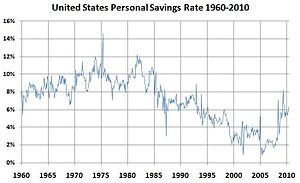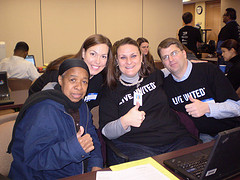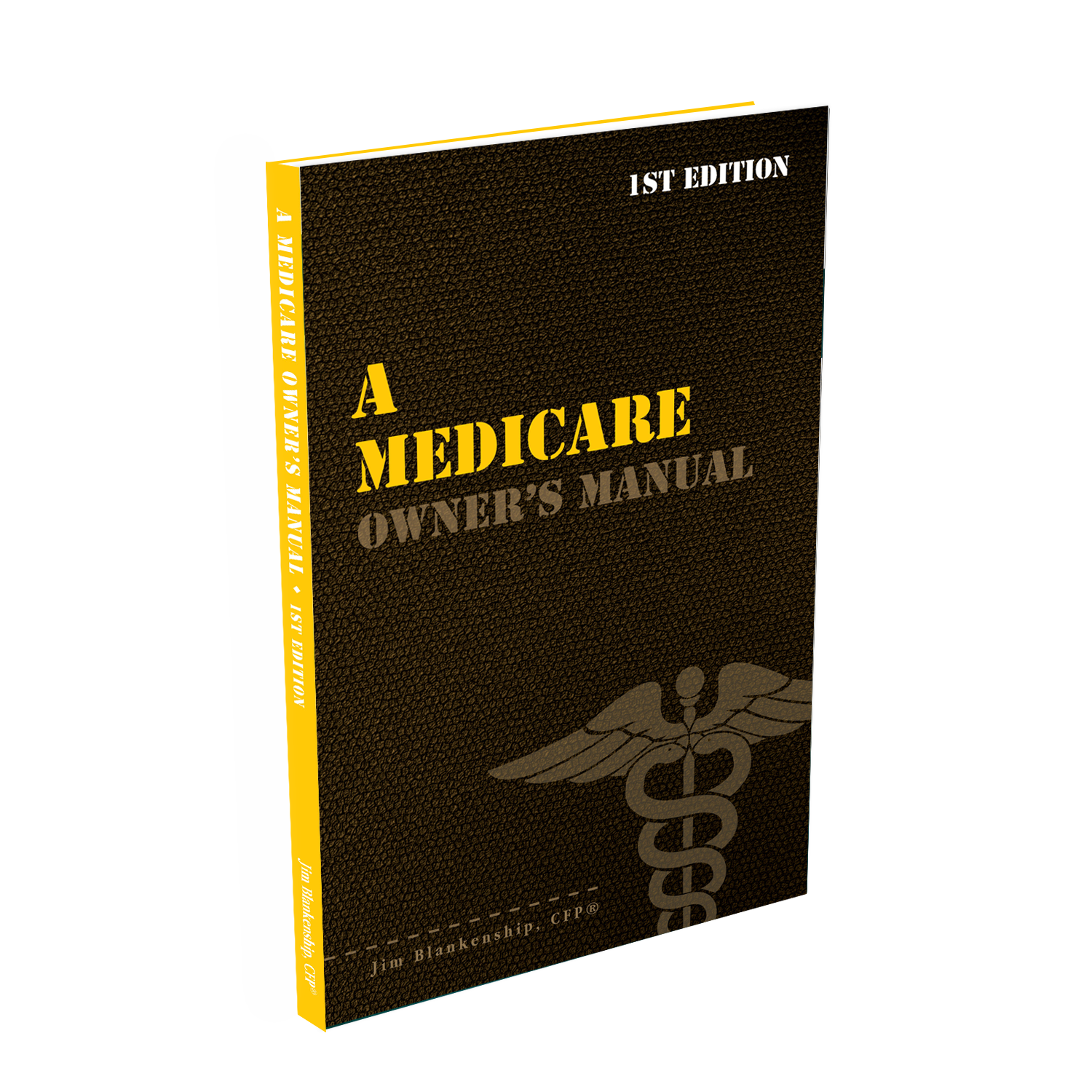
fra la luce (Photo credit: * RICCIO)
I’ve written a lot about Social Security Spousal Benefits and Survivor Benefits on these pages, but oftentimes there is confusion about how they are applied. There are things about them that are common, but for the most part there are some real differences that you need to understand as you make decisions about applying for one or the other of these benefits.
For one thing – Survivor Benefits and Spousal Benefits are benefits that you may be entitled to that are based on someone else’s record: your spouse (or ex-spouse) to be exact. No matter what your own Social Security benefit might be, you have access to the Spousal Benefit and Survivor Benefit, if, of course, you have or had a spouse with a Social Security retirement benefit available on his or her record.
In addition, it is important to note that Spousal Benefits and Survivor Benefits are mutually exclusive. You can’t receive both at the same time – and if you apply for both at the same time, you’ll end up with the higher of the two. Technically you wouldn’t apply for both at the same time, you’d just find out which one provides the best benefit for you. This doesn’t mean that you have to take the higher benefit, because it’s possible that you could receive a better benefit later if you delay filing for one or the other until later. If you are at least at Full Retirement Age (FRA, age 66 if born in 1954 or before, increasing to age 67 if born in 1960 or later), more than likely the Survivor Benefit is the greater of the two, and neither benefit will increase after you’ve reached FRA, so you might as well receive that benefit at this point.
Both the Spousal and Survivor benefit can be reduced by WEP. They both can also be reduced or eliminated by the GPO.
Differences
One of the first differences between Spousal and Survivor benefits is the relation to your own retirement benefit. If you have your own retirement benefit and you haven’t filed for it, filing for the Spousal Benefit before FRA will force a filing for your own retirement benefit, and it could wipe out the Spousal Benefit for you. If you’re at or older than FRA, you can file solely for the Spousal Benefit and have no impact on your own retirement benefit.
At the same time, if you’re eligible for a Survivor Benefit, you can file for it at any time and have no impact on your future retirement benefit (or Spousal Benefit, for that matter).
So – for example, Phil’s wife Joan died this year. Joan was 65 years old, and had not started receiving Social Security benefits. Phil has a Social Security retirement benefit available to him when he decides to file for it. Phil is 65 years old, and his available benefits look like this:
His own retirement benefit will be $2,000 when he reaches FRA next year.
His Spousal Benefit based on Joan’s record could be $900 at FRA, since Joan was due a benefit of $1,800 at FRA had she reached that age.
Phil’s Survivor Benefit based on Joan’s record could be $1,800 at FRA.
If Phil filed for the Survivor Benefit now, at age 65, he could receive a monthly benefit that is reduced 4.7% from Joan’s FRA benefit, or $1,715.40. This way he could delay receiving his own benefit until at least FRA – possibly even as late as age 70. He could also wait until next year (his FRA) and file for the full Survivor Benefit of $1,800, again delaying his own benefit until later.
Any other set of choices would result in a lower benefit for Phil. It’s possible that he could file for his own benefit right now, at age 65. This would result in a lowered retirement benefit for him for the rest of his life – and since the Survivor Benefit is less than his own benefit, it wouldn’t make sense to ever file for the Survivor Benefit. Also available is the option for Phil to not file for any benefits at all this year, and then at FRA he could file a restricted application for the Spousal Benefit alone. This would result in a $900 monthly benefit – half of Joan’s age 66 benefit. But since the Survivor benefit will not increase beyond Phil’s age 66, he might as well file for the Survivor Benefit at that point, since it’s double the Spousal Benefit. As mentioned above, he can still file for his own benefit later, even though he’s collected the Survivor Benefit.
If we reverse the circumstances and Joan is the survivor, here are the benefits available to her:
Her own benefit at FRA is $1,800.
The Spousal Benefit based on Phil’s record could be $1,000 at Joan’s age 66.
The Survivor Benefit based on Phil’s record would be $2,000 at Joan’s age 66.
So Joan has the following options available to her right now, at age 65: she could file for her own benefit now and collect a reduced benefit of approximately $1,680 a month. She could then file for the Survivor Benefit at FRA, and receive a benefit of $2,000 a month.
On the other hand, Joan could file for the Survivor Benefit now, at age 65 and receive a reduced monthly benefit of $1,906. She could then wait until she reaches age 70 and file for her own benefit, which would have grown to $2,376 due to the Delay Credits.
The third option for Joan is to do nothing at this point. She could then file for the Survivor Benefit at FRA, receiving a monthly benefit of $2,000, and then wait to file her own benefit later as detailed above. If she’s waited to FRA to file, any other option would result in a lower benefit for her – if she filed for her own benefit at FRA, she’d only receive $1,800. She might as well file for the Survivor Benefit at this point and receive $2,000. This would then leave open the option to file for her own benefit at the delayed, increased amount as mentioned above.
In both cases, the Spousal Benefit doesn’t come into play, since the available Spousal Benefit for both Phil and Joan is less than the other available benefits.





































 Sterling Raskie, MSFS, CFP®, ChFC®
Sterling Raskie, MSFS, CFP®, ChFC® The latest in our Owner’s Manual series, A 401(k) Owner’s Manual, was published in January 2020 and is available on
The latest in our Owner’s Manual series, A 401(k) Owner’s Manual, was published in January 2020 and is available on  A Medicare Owner’s Manual, is updated with 2020 facts and figures. This manual is available on
A Medicare Owner’s Manual, is updated with 2020 facts and figures. This manual is available on  Social Security for the Suddenly Single can be found on Amazon at
Social Security for the Suddenly Single can be found on Amazon at  Sterling’s first book, Lose Weight Save Money, can be
Sterling’s first book, Lose Weight Save Money, can be  An IRA Owner’s Manual, 2nd Edition is available for purchase on Amazon. Click the link to choose the
An IRA Owner’s Manual, 2nd Edition is available for purchase on Amazon. Click the link to choose the  Jim’s book – A Social Security Owner’s Manual, is now available on Amazon. Click this link for the
Jim’s book – A Social Security Owner’s Manual, is now available on Amazon. Click this link for the  And if you’ve come here to learn about queuing waterfowl, I apologize for the confusion. You may want to discuss your question with Lester, my loyal watchduck and self-proclaimed “advisor’s advisor”.
And if you’ve come here to learn about queuing waterfowl, I apologize for the confusion. You may want to discuss your question with Lester, my loyal watchduck and self-proclaimed “advisor’s advisor”.